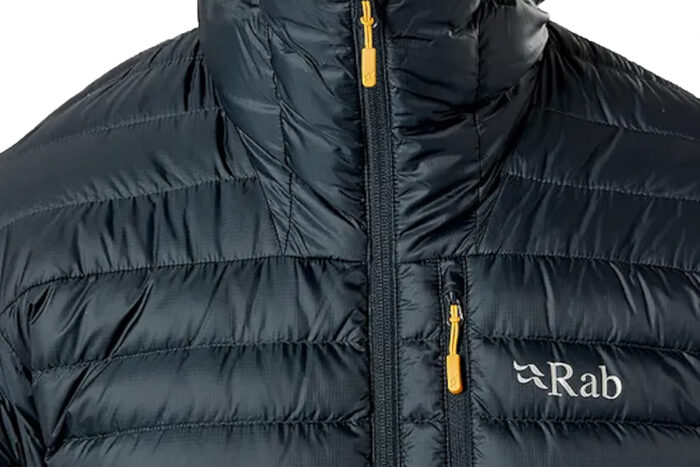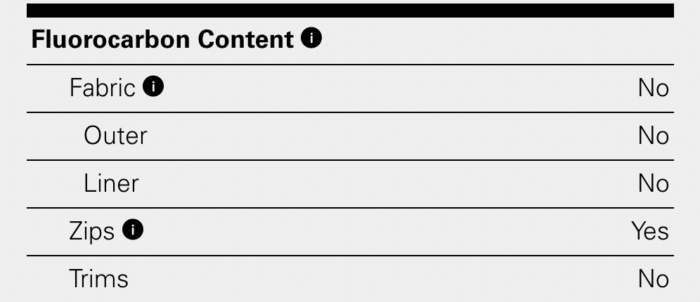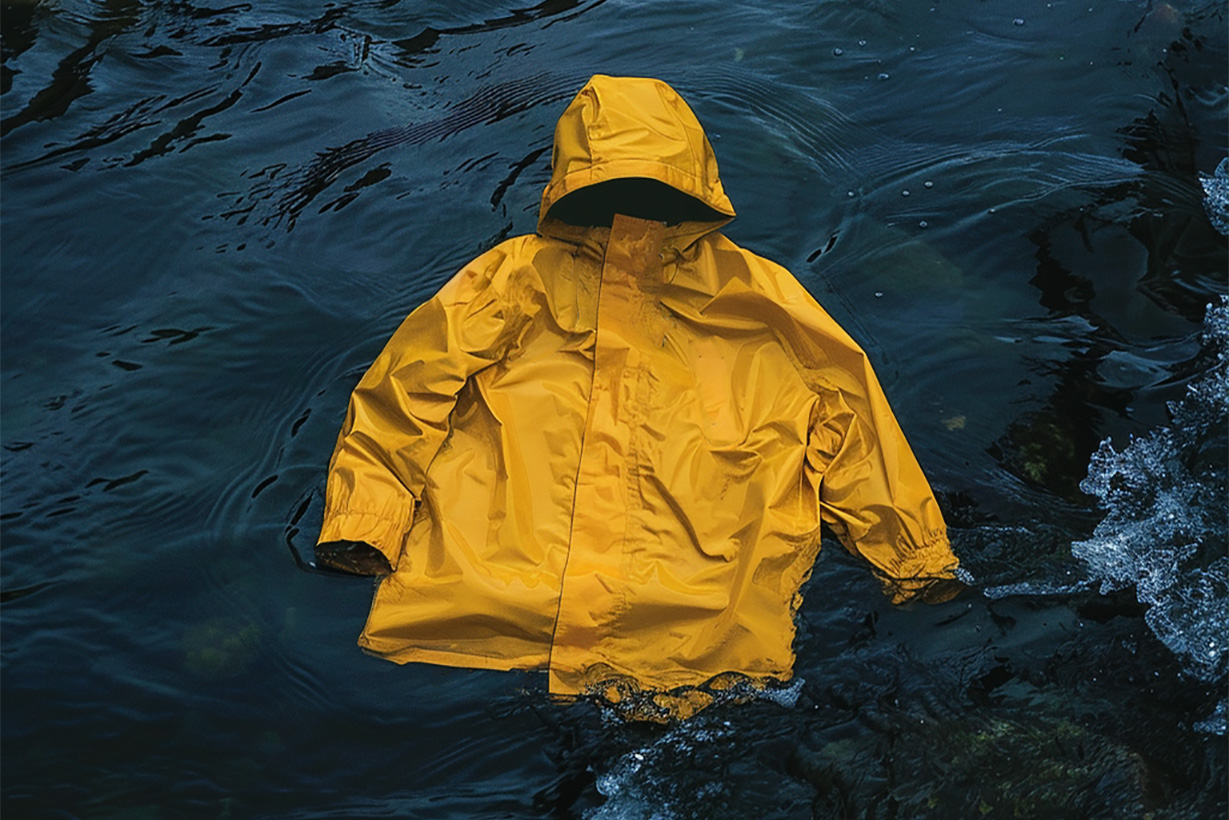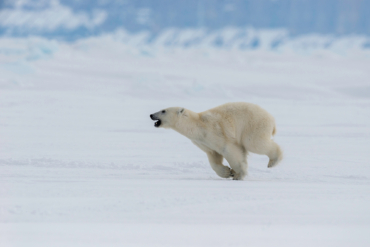For years, an increasing number of outdoor brands have trumpeted the slow but steady removal of toxic or unnecessary chemicals, like fire retardants and BPA, from gear and clothing. But one massive classification of environmentally harmful and toxic chemicals persists: PFAS.
A group of manmade chemicals that include PFCs (an outdated and less-inclusive term still frequently used by outdoor brands), these compounds have for decades primarily been used to improve water resistance in outdoor gear. Think rain jackets, backpacks, ski wax, and just about anything that advertises a DWR coating.
But since the 1980s, evidence mounted showing that the “durable” aspect of these “Durable Water Repellent” chemicals didn’t just persist on the garments, but also in the environment and worse, in people too. Studies from as far back as 2000 show they’re present in detectable levels in almost all Americans.
In response, stricter regulations have seen these compounds increasingly phased out — or outright banned — in outdoor gear. Recently, however, brands learned that truly “PFAS-free” claims will not be an easy promise to keep. The current culprit of this solemn reminder: the humble zipper.
PFAS in Outdoor Gear

PFAS are tricky to contain. Their manufacture, use, and disposal all result in chemicals leaching into the environment. To combat this, California, Maine, Minnesota, and the European Union all set restrictions or goals on the use of PFAS, and more brands than ever are working toward phasing them out altogether.
But removing them entirely has proven a much more painfully involved process than gear designers, let alone consumers, ever imagined, largely because the chemicals are highly contaminating.
Fjällräven discovered this when it decided to begin the lengthy and complicated process of removing PFAS from all its gear and apparel back in 2009. But the Swedish manufacturer suffered a major setback when it learned that simply hanging gear in the same room as clothing containing PFAS led to a measurable amount of cross-contamination from these highly transferable substances.
Fortunately, by 2015, the brand managed to find a solution and eliminate PFAS from all its fabrics. And last year, Fjällräven was poised to announce PFAS elimination from all zippers as well — or so it thought.
PFAS SNAFU: PFC YKK Zippers

In May 2023, YKK, the world’s largest manufacturer of zippers, alerted Fjällräven — and a host of other brands — that it found its paint suppliers had been adding PFAS to the enamel on some of the hard components to boost durability.
YKK immediately began working with brands to identify affected products and collaborate on solutions, but it was a frustrating setback for brands like Fjällräven that had inwardly and publicly committed to removing harmful chemicals from its products for years.
“It’s like there’s no end to it. This isn’t a success story — not yet,” Fjällräven Global Product Director Donna Bruns said in a press release following the incident. “It’s hard, continuous work. We’re constantly on the lookout for when and where it will pop up again.”

Tainted Supply Chain
What’s more, according to Ariana Spentzos, a Science and Policy Associate at Green Science Policy Institute, PFAS can be found at almost any stage up and down the supply chain in most industries.
“They are also used in components of manufacturing equipment, for instance, that could inadvertently cause contamination,” Spentzos said. “There is also a lack of transparency, making it difficult to know if an upstream supplier may have used PFAS.”
Because of the ubiquity of these chemicals, testing is the only surefire way to ensure products don’t contain them, Spentzos confirmed.
As such, Fjällräven does its own testing to help identify where PFAS may be hiding, so it was able to confirm that the zippers were just about the last place PFAS lingered. But smaller brands don’t have the capacity to do the same, so they must rely on material suppliers to be forthcoming and transparent.
YKK quickly transitioned to using paint sans PFAS, removing all intentionally added PFAS by September 2023. But it’s entirely possible that nearly every painted zipper on clothing and gear today currently contains PFCs, since the entire collection was produced before brands learned of the hiccup.
Fortunately, those zippers contain chemicals at levels low enough concentrations to still be considered legal by current and forthcoming restrictions in both the U.S. and the E.U.
PFAS Path Ahead for Outdoor Gear
That doesn’t mean consumers or brands should trash thousands, if not hundreds of thousands, of items that still contain the chemicals. A jacket or backpack, even one with a zipper that contains trace amounts of PFAS, will do more harm piling up in landfills than it will over a decade of use outdoors.

It’s going to take time before new lines of products roll out with the fully PFC-free zippers (most brands say fall/winter 2024), and there will likely be more setbacks where PFAS are concerned as manufacturing processes and materials are updated over time.
That said, plenty of brands, including retailers and manufacturers like REI, have already released plenty of PFAS-free products (though you may see some labeled as containing “no intentionally added PFAS” in the interests of true accuracy).
While PFAS in zippers may feel like a setback for brands and outdoorists that are passionate about protecting the environment, they’re still vastly less harmful than waterproof clothing and gear with traditional DWR treatments.
The best course of action: learn about PFAS and where they exist and support brands committed to eliminating them for good. For an in-depth multi-episode analysis of PFAS in outdoor gear and their history, listen to the Forever Chemicals series of the Outdoor Minimalist Podcast.








